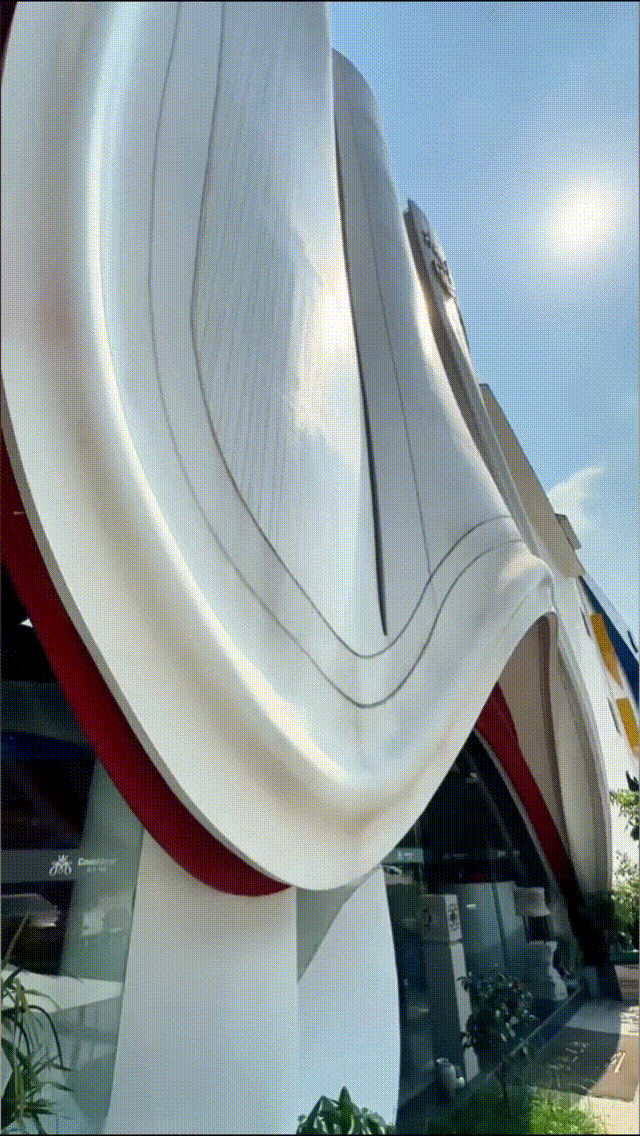

Foamed ceramic components—Enabling architectural designs to embrace unlimited possibilities
Foamed ceramic components
—Enabling architectural designs to embrace unlimited possibilities
Foamed ceramic is a highly porous, uniformly closed-cell ceramic material primarily made from pottery tailings, ceramic fragments, and other raw materials, produced through high-temperature firing. Art components processed from it exhibit the following core characteristics:
- Ultra-light and high strength: Its density is much lower than that of stone and concrete, yet it possesses sufficient strength, effectively reducing building loads and facilitating transportation and installation.
- Class A fire resistance: As an inorganic material, it is heat-resistant, non-combustible, and meets Class A fire safety standards, ensuring high safety.
- Weather resistance and durability: It is resistant to freeze-thaw cycles, acids, alkalis, mold, and pests, and can withstand long-term exposure to sun and rain without deformation or fading, offering a long service life.
- Easy processing: Highly plastic, it can be crafted into extremely complex and intricate artistic shapes such as reliefs, lines, capitals, and brackets through CNC carving or mold forming.
- Eco-friendly and energy-efficient: Its raw materials largely consist of solid waste, the production process is environmentally friendly, and its porous structure provides certain thermal insulation properties.
Foamed ceramic components are mainly used for building facades and interior spaces, achieving a unity of decoration and functionality.


So, from small, delicate decorative lines to large, irregular decorative structures over ten meters tall, how does foamed ceramic achieve these diverse and exquisitely crafted shapes? Process and Installation Workflow of Foamed Ceramic Components:
- Design and segmentation: Based on the overall artistic effect, large decorations are divided into multiple independent components suitable for production and installation, and 3D modeling is performed.
- CNC carving: Large CNC (computer numerical control) carving machines are used to precisely carve each component from foamed ceramic panels. This is key to achieving complex shapes.
- Surface treatment: The carved rough components undergo processes such as grinding and repairing to ensure a smooth surface.
- Assembly and installation: On-site, workers install the components onto the base wall one by one using specialized adhesive mortar and anchors, much like "building blocks."
- Seam treatment: The gaps between components are filled and polished to create a seamless whole.
- Final finish: The entire surface is leveled with putty, and then, based on design requirements, coatings such as texture paint, metallic paint, or water-based stone paint are sprayed to achieve the desired color and texture effect.
Although foamed ceramic is a new material and few customers are familiar with it, it is believed that, thanks to its superior performance, highly customizable shapes, and convenient installation, it will have broad development prospects in the insulation and decorative materials industry in the future.










